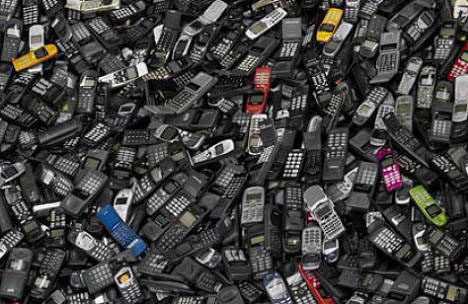Although RoHS initiatives have been in effect for almost seven years, the argument over perceived benefits vs. problems continues.
The incentive to regulate certain hazardous types of materials such as lead has come about from studies that show their detrimental effects on living organisms. Although no one should disagree that all the products we manufacture should be safe for everyone, effective replacements for some of these materials have been difficult to formulate. Adverse effects on product quality and reliability and the high cost of compliance are cited as criticism of the directive. Another issue is that some of the products that need to be included have been neglected. However, the situation may be changing with the EU considering a few new electronic product categories.

Some background
The Europe Union was the first organization to take serious action to control certain hazardous materials. It adopted the Restriction of Hazardous Substances (RoHS) Directive in February 2003. This directive restricts the use of six hazardous materials in the manufacture of various types of electronic and electrical equipment. It links closely to the Waste Electrical and Electronic Equipment Directive (WEEE), which sets collection, recycling, and recovery targets for electrical goods.
RoHS is referred to as the lead-free directive, but it also restricts the use of mercury (Hg), cadmium (Cd), hexavalent chromium (Cr6+), polybrominated biphenyls (PBB), and polybrominated diphenyl ether (PBDE). The latter two materials are flame retardants used in several plastics. The maximum permitted concentrations are 0.1% or 1,000 ppm by weight of homogeneous material. The limits do not apply to the weight of the finished product or to a component, but to any single substance that could be separated mechanically such as the sheath on a cable or the tin coating on a component lead.
For example, a radio is composed of a case, screws, washers, a circuit board, speakers, and other electronic components. The screws, washers, and case may be made of homogeneous materials but the other parts may comprise multiple sub-components of many types of materials. A circuit board, for instance, contains printed circuit wiring, integrated circuits, resistors, capacitors, switches, solder, and so forth. A switch includes a case, lever, spring, contacts, pins, and other parts each of which may be made of different materials. A contact could include a copper strip with a surface coating. In summary, everything that can be identified as a homogeneous material must meet the limit. So, unfortunately for the manufacturer, when the case is made of plastic with 2,300 ppm PBB used as a flame retardant, the whole radio fails the RoHS requirements.
Open issues
Because new products are becoming obsolete sooner than ever before, consumers are discarding them faster and the waste ends up in landfills and in countries such as China to be recycled. RoHS directives and other means intended to reduce hazardous materials in electronics are motivated in part to address the global issue of this consumer electronic-product waste.
In May 2006, the European Commission attempted to expand the reach of RoHS and help solve the problem. It reviewed two currently excluded product categories — monitoring and control equipment and medical devices — for future inclusion in the products that must fall into RoHS compliance. The reason to include them is based on the finding that less than 4% of lead in landfills comes from electronic components or circuit boards while approximately 36% comes from the leaded glass in monitors and televisions that contain up to 2 kg per screen.
In spite of the directive’s compliance problems, Governments report that RoHS helps reduce damage to the environment and peoples’ health, particularly in third-world countries where much of today’s high-tech trash ends up. Lead-free solders and components have immediately benefitted the health of electronics industry workers in prototype and manufacturing operations. In addition, new solder paste no longer poses the same health hazard it did in the past.
ROHS
www.rohs.eu
::Design World::
Filed Under: Green engineering • renewable energy • sustainability





Tell Us What You Think!